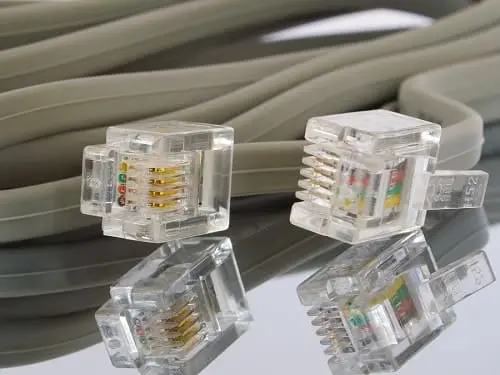In this article, we look at some of the key issues surrounding the planned 2025 PSTN switch-off, the move to VoIP, and what options businesses have going forward.
What’s Happening?
Back in April, BT Openreach announced that starting from the end of this year (and finishing in 2025), it will be “switching off the UK telephone network as we know it” by moving 15 million lines to a VoIP (Voice over Internet Protocol) based replacement telephone service. In essence, this means that the Internet (broadband) will be used to carry telephone calls rather than traditional copper wires. Switching off the UK’s traditional public switched telephone network (PSTN) will also mean the end for ISDN because it uses the copper wire phone network. Also, BT Openreach will not be accepting new orders for PSTN, and ISDN2 and ISDN30 services after September 2023.
Why?
As noted by Ofcom, the old PSTN is reaching the end of its life and is becoming increasingly difficult and costly to maintain, and Openreach may be looking to ditch the legacy copper network completely, so it won’t have to pay to run two parallel networks. Also, there are now more up-to-date alternatives that are compatible with how we communicate today i.e., mobile and Internet communications. Broadly speaking, some advantages for customers of the switch-over to VoIP could include:
– VoIP offers a greater breadth of capabilities.
– Cost savings and fewer system failures and outages.
– Scalability and portability (VoIP phone systems can go wherever the company goes).
– Greater communications-mobility, flexibility, and increased productivity and collaboration. The importance of this has been particularly well-illustrated with the need to use remote, cloud-based communications and collaborative working platforms during the pandemic.
– Better security that’s continuously updated.
– Greater reliability.
– Improved customer experiences.
– Clearer calls, making it easier to keep existing numbers, and the choice to have broadband provided separately from the telephone service.
– Better identification and prevention of nuisance calls, thereby saving businesses time and money and potentially protecting against scammers.
Challenges and Disadvantages
There are, however, quite a few potentially serious disadvantages (for some customers/customers groups) to switching over. These could include:
– Potential problems with latency.
– Vulnerability to phone systems going down and causing (costly) business disruption if there’s a broadband outage or if the electricity supply is interrupted.
– Older customers and/or customers in rural areas/areas poorly served by broadband may be at a disadvantage.
– A lack of awareness in the marketplace about the planned switch-over, and a large number of small businesses in the UK are still using legacy lines.
Not Just Phone Lines, But Downstream Services Too
Ofcom and Openreach have acknowledged that a big area of concern, if preparations are not made sufficiently in advance of the switch-over, is how downstream services will be affected. These include security and fire alarms, telecare devices and panic alarms, retail payment terminals/EPOS, and equipment for monitoring and controlling networks. Specifically, these downstream services rely on some attributes of the old copper PSTN that may not be fully replicated in VoIP-based platforms, hence the importance of adequate preparation before the big switch-over in 2025. This will require service providers to test their equipment to see if it will continue to function over IP and then replace, upgrade, or reconfigure it as appropriate. These service provider businesses will also need to ensure that customers (from residential users to large commercial and public sector entities) are made aware of the issue well in advance so that necessary steps can be taken to maintain service(s).
Ofcom has stated that the government will work with the sectors that use these downstream services (e.g., health, energy, transport, and business) so that they are aware of the change and can prepare in time.
Is BT Pushing Customers To Switch To Their VoIP?
Some tech and communications commentators (and smaller IT and comms companies) have noted that while BT is raising awareness about the switch in 2025, it also appears to be pushing for businesses to give up their PSTN lines and move to BT’s VoIP solution. For example, as noted by the Register, BT Wholesale Hosted Communications (WHC) Express now provides a digital phone line for small businesses and a Broadband One package (full-fibre speeds up to 1Gbps). These may be a way to help BT’s resellers and integrators to tempt businesses to switch now to BT rather than wait a little longer and look around.
In July, while BT-owned Openreach was ramping up the urgency by asking customers to audit their systems for devices that use the PSTN, it also offered a ‘Call Waiting List’. This is an online sign-up form for Openreach’s newsletter that also asks who provides the phone line(s) and offers an opt-in to share personal details with their “trusted third-parties” in relation to “digital products and services”. While BT and the companies it owns have a genuine interest in making businesses aware that they need to prepare for the switch-over, they may also help by letting businesses know that there plenty of other providers of VoIP solutions.
What Are The Alternatives?
The old PTSN copper wires are essentially being replaced by a fibre network. With the switch-off of the old PSTN and ISD, as things look now, the main alternatives for businesses are:
– SIP (Session Initiation Protocol), which uses virtual, cloud-based phone lines rather than physical lines. This may be more suitable for businesses with an on-premises phone system. Many existing phone systems are already compatible with SIP.
– Hosted VoIP/ a Hosted IP phone system may suit businesses that don’t want to commit or retain an on-premises phone system. As this option uses the business’s internet lines, it essentially means that the business rents a phone system.
What Does This Mean For Your Business?
Although the move is industry-led, there is little doubt that analogue (and old, expensive to maintain) copper wire phone systems will not be able to provide the scope, flexibility, speed, capacity, and economies of the digital alternatives as businesses now rely heavily on the Internet. Provided that there is adequate information and support given by the regulator and BT Openreach, and coordination among communications service providers (CSPs), and adequate advice and help for downstream providers, then change should be manageable, and disruption should be minimised. Obviously, very careful consideration, help, and planning need to be given to those sectors and organisations, many of which are vital to UK business and infrastructure, that still rely on some attributes of the PSTN that may not yet look as though they can be fully replicated in VoIP-based platforms.
One other important message here is that, although it’s a big change, and some test-areas will be switched-over first, the switch-over will generally be spread over four years. Although it’s important to audit systems and be prepared, businesses will have time to shop around and choose from a number of different providers and solutions rather than feeling as if they have to opt for the first offers from the big providers straight away.


